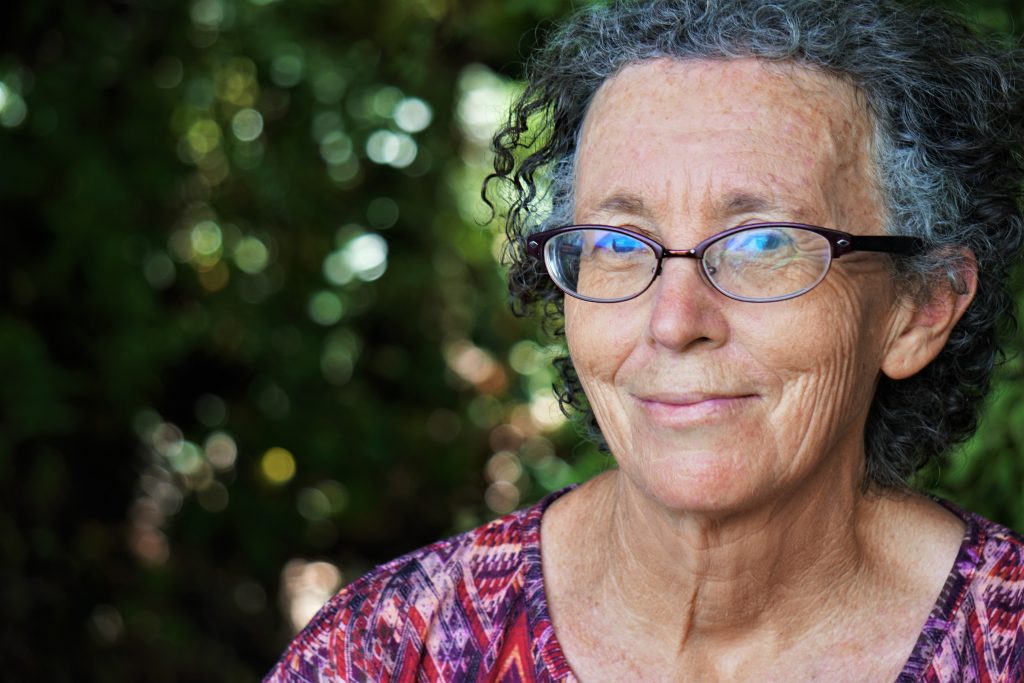Medicare Part D reforms are essential for the multiple sclerosis patient community

Patients living with chronic and complex diseases who depend on Medicare Part D, the program’s prescription drug benefit, have been struggling for years to afford the out-of-pocket costs for the medications they need to treat their illness. The multiple sclerosis community is no exception.
More than one million people in the U.S. are living with multiple sclerosis, a progressive disease of the central nervous system that often requires lifelong treatment to both prevent and manage debilitating symptoms and protect an individual’s quality of life.
Without treatment, many people face disorienting symptoms including loss of mobility, vision problems, muscle spasms, fatigue, and difficulty thinking. However, too often, the cost of medications to treat multiple sclerosis are out of reach for those who need them most.
That is why our organizations, the Multiple Sclerosis Association of America and the PAN Foundation, call on Congress to pass three Medicare Part D reforms that will help patients managing serious and chronic conditions afford their treatment.
The problem with Medicare Part D and access to specialty medications
Before going on Medicare, some people with multiple sclerosis and other serious illnesses may be eligible to receive assistance from individual drug manufacturer programs to cover their out-of-pocket medication costs.
However, as soon as they become eligible for Medicare insurance—either by turning 65 or having a qualifying disability—this type of assistance is no longer available. Patients quickly come to experience the serious design flaws in the Medicare Part D program that result in enormous sticker shock at the pharmacy counter.
The Part D program has no annual limit on what a patient pays out of pocket. According to a 2019 Kaiser Family Foundation study, people with multiple sclerosis can be hit hard by out-of-pocket costs for their prescription drugs, spending on average between $6,500 and $7,500 per year for a single medication. For a disease that requires ongoing treatment, this amount can easily surpass an individual’s life savings.
In addition, the costs to fill a prescription in January soars when deductibles reset, making it especially challenging for those with fixed incomes to afford their medications. Adding to the challenges for people with multiple sclerosis, for those who fall above the income eligibility guidelines of the federal Extra Help Program, charitable foundations are often their last resort for seeking financial assistance.
Colleen Giles of Florida has been living with multiple sclerosis for years and recently received a patient assistance grant from the PAN Foundation to help her with the out-of-pocket costs. Colleen said of the cost: “I would not have been able to continue on my medication without the help I received. I have been on this medication for 10 years without experiencing an increase in my symptoms. But each year, I have to find a foundation to help me with the payments.”
Three Medicare reforms that can help people with multiple sclerosis
Stories like Colleen’s are one of thousands that our organizations hear every day. Medicare is failing to protect older adults and those with disabilities who need ongoing treatment for serious and chronic illnesses. We call on Congress to implement three solutions to the Part D program that would provide life-changing health access for millions of people.
- Place an annual cap on annual out-of-pocket medication costs. Medicare beneficiaries are the only insured group in the U.S. who have no limit on what they pay each year for prescription drugs. An annual cap is vital to helping people with multiple sclerosis and other chronic illnesses afford their medications.
- Smooth out-of-pocket medication costs evenly through the year. Medicare beneficiaries need predictable, monthly costs for their medications. Today’s benefit design means that many people who need expensive, specialty medications must find several hundred, if not thousands, of dollars every January to pick up their prescription.
- Expand the income limits for the federal Extra Help prescription drug assistance program. The federally run Extra Help program is a lifeline for those with very low incomes to access their prescription medications. However, the income limits are low and millions of people who are economically vulnerable and truly require assistance are ineligible for the program. We call on Congress to expand the eligibility criteria to help more people afford their medications.
Older adults and people with disabilities should never have to forfeit their life savings to pay for medications. There has never been more bipartisan support to take action and improve treatment access for the 46 million people on Medicare Part D.
The time for action is now.
Call for lower out-of-pocket costs for the multiple sclerosis community and others with complex and chronic illnesses.
Write Congress
Was this helpful?
